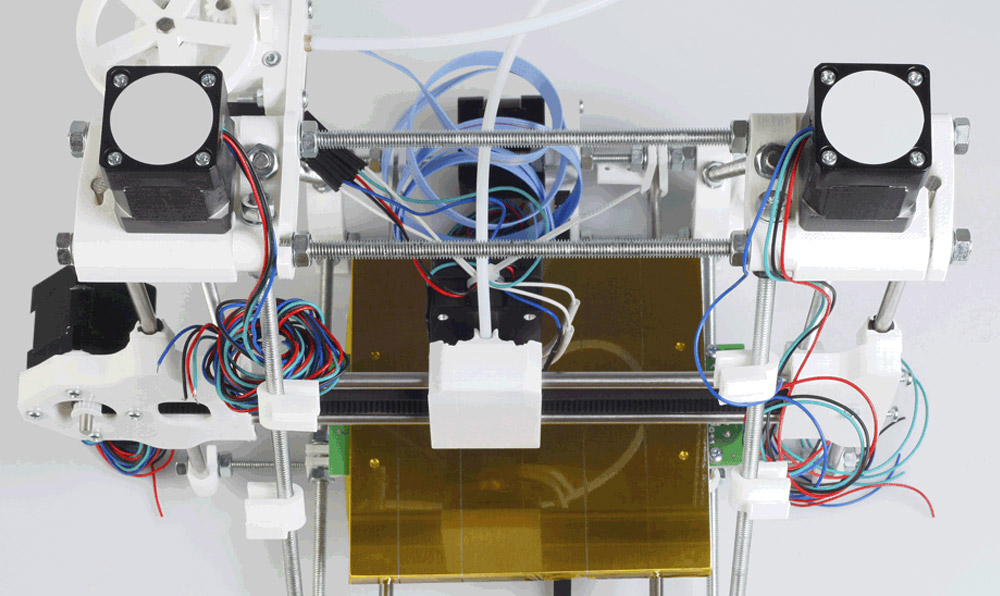How does your organization handle export license management? Is your trade compliance department leveraging the latest technology? Or does it lean heavily on manual processes and ‘old school’ administrative functions?
In today’s fast-paced global trade environment, manual methods like spreadsheets and physical files are incapable of supporting efficient export operations nor are they able to maintain compliance with ever-changing export regulations. Many companies have swapped manual processes for automation tools to streamline their operations. However, if your organization is still managing export licenses manually, you might be exposed to increased compliance risk and incurring hidden costs that can add up over time.
What are the hidden costs associated with manual export license management? How can your organization adopt technology to enhance export compliance management, increase productivity, and reduce cost?
This article explores these questions and highlights how an automated export license management solution can transform your business.
Key Takeaways
- Manual export license management incurs hidden costs, including lost time, reduced productivity, and higher labor expenses, all of which hinder business growth.
- Keeping up with ever-changing export regulations is challenging without automation, increasing the risk of non-compliance and associated penalties.
- Implementing automated export license management solutions helps centralize compliance processes, reduce errors, and improve overall operational efficiency.
- Descartes’ export license management solutions help businesses streamline their export processes, providing the flexibility to scale operations and support long-term growth.
Top 5 Overlooked Costs of Manually Managing Export Licenses
An automated export license management solution is not just a luxury—it’s a necessity for business growth and continuity. Here are five often unseen expenses and risks of manually managing export licenses that are causing organizations to lose money and limit their ability to operate effectively:
Cost 1: Lost Time and Productivity
Filling out an export license application is no simple task. A significant amount of time is needed to gather supporting documents, accurately classify products, submit the application, and track the status. For example, take a moment to peruse the Bureau of Industry and Security’s (BIS) Guidelines for Preparing Export License. Take note of all of the required information that appears on an export license application.
The International Trade Administration states that “Export licenses are issued by the appropriate licensing agency after a careful review of the facts surrounding the given export transaction.” Exporters are responsible for compiling the facts and presenting them thoroughly and accurately on their export license application.
A manual approach to collecting, organizing, and storing information for each portion of an export license application is very time-consuming and labor-intensive. Manual methods represent a missed opportunity to redirect employees’ time and talent toward other core business activities. Misfiled or lost documents can lead to prolonged search times and decreased productivity. Additionally, when operations expand, the need for more staff to manage export licenses manually can lead to higher labor costs. These costs can add up over time, making manual management even more expensive.
Meanwhile, automated solutions for export license management handles repetitive, time-consuming activities by quickly pre-filling forms, and submitting them electronically. These solutions increase productivity by reducing administrative burdens and, being scalable, they lower labor costs by minimizing the need for additional staff to manage growing volumes. The technology takes on the heavy lifting of labor-intensive tasks, allowing staff to focus more on strategic activities and stay productive with less risk of staff burn out.
Cost 2: Increased Risk of Human Errors
Another pitfall of manual export permit and license management is its vulnerability to human error. Manual processes are more susceptible to mistakes in data entry, classification, misfiled documents, and missed deadlines.
These errors—however unintentional—may lead to costly delays in shipments and business operations. Human errors can also result in non-compliance with export regulations, leading to fines, penalties, license denials, reputational damage, and loss of export privileges. Even a small percentage of mistakes can accumulate, impacting critical documents like legal contracts or financial statements.
As export volumes grow, manual processes become increasingly burdensome and error-prone, especially when navigating the complexities of export regulations across various countries.
Technology plays a crucial role in error reduction by ensuring accuracy in export classifications, data entry, and document management. An automated export license management solution also reduces errors that lead to breaches by performing regular checks and complying with the latest regulations.
Cost 3: Lack of Visibility and Control
Tracking an export license application’s real-time status after submission can be tricky when relying on manual systems. Lack of visibility can lead to oversights, including missed deadlines and unaddressed non-compliance issues. It makes it harder to improve and streamline export operations.
An automated solution can give organizations real-time visibility into their export license application status by consolidating and centralizing export license information. This provides a greater ability to make informed decisions and respond quickly to events that may arise such as requests from government agencies. The increased transparency also makes it easier to access, share, and manage data, improving collaboration across departments and minimizing bottlenecks.
Cost 4: Regulatory and Compliance Challenges
Export controls and regulations are by no means static. Legislation and policies regarding exports change frequently due to shifts in the world’s geopolitical and economic climates and other driving factors. Staying up to date on the latest export license requirements and regulations relevant to your operations is challenging without the help of automated systems.
Relying on manual export license management and documentation processes exposes organizations to several risks, such as outdated or incorrect regulatory information, inconsistent compliance monitoring, inadequate record-keeping, and expensive audit processes. These risks can lead to compliance violations along with the associated legal and financial consequences. Manual systems also pose a risk to data security and regulatory compliance regarding General Data Protection Regulation (GDPR) and privacy laws, which demand meticulous record-keeping.
Utilizing software systems designed for export compliance management provides a methodical way to address these challenges. A robust solution automates compliance checks, secures document creation and storage, ensures that export licenses and related documentation meet current regulations, and provides consistent monitoring. By maintaining accurate records and generating comprehensive audit trails, automated systems also facilitate more efficient and reliable audits, helping organizations prevent regulatory breaches, fines, penalties, and potential export sanctions.
Cost 5: Loss of Growth and Revenue
As companies expand globally, relying on manual document management for export licenses becomes increasingly unsustainable. Lost documents, processing delays, and increased administrative bottlenecks are just the tip of the iceberg.
The inefficiencies of manually organizing, storing, and retrieving export-related documents become more pronounced as businesses scale, stifling growth, and reducing agility. These manual processes come with significant opportunity costs, consuming resources that could otherwise be used for strategic business activities, such as expanding into new markets, developing partnerships, or improving customer service.
Chaotic administrative strategies can further exacerbate these issues, leading to low employee morale, and difficulties in attracting and retaining skilled export management staff. As the complexity of global trade increases, so does the risk of missed opportunities.
Reduce Cost and Drive Growth with Descartes Export License Management Software Solution
Transitioning from manual to automated export license management is not just a step toward efficiency—it’s a strategic move that positions businesses for sustainable growth. By embracing advanced technology, you can mitigate hidden costs, enhance compliance, and unlock new opportunities for expansion. Descartes is a provider of an industry-leading suite of export license management, export classification, export license screening, denied party screening, and 3rd party risk management solutions. Our robust export automation solutions help organizations to:
- Centralize and automate export compliance processes
- Manage export licenses, agreements, and exceptions
- Conduct real-time status monitoring with configurable alerts
- Access accurate and updated regulatory information and license requirements
- Streamline workflows, reduce errors, and enhance efficiency
- Facilitate growth with capabilities that scale as operations expand
Descartes Visual Compliance and Descartes OCR solutions are flexible and modular, allowing organizations to pick the specific and exact functionality and content they need for their particular export compliance needs and scale up later as and when necessary. If you would like to discuss how to automate and streamline your export license management processes, you can contact us or request a demo to see our technology in action.
You can also grab a copy of our Export License whitepaper, which provides actionable insights for managing global export regulations and licenses.



